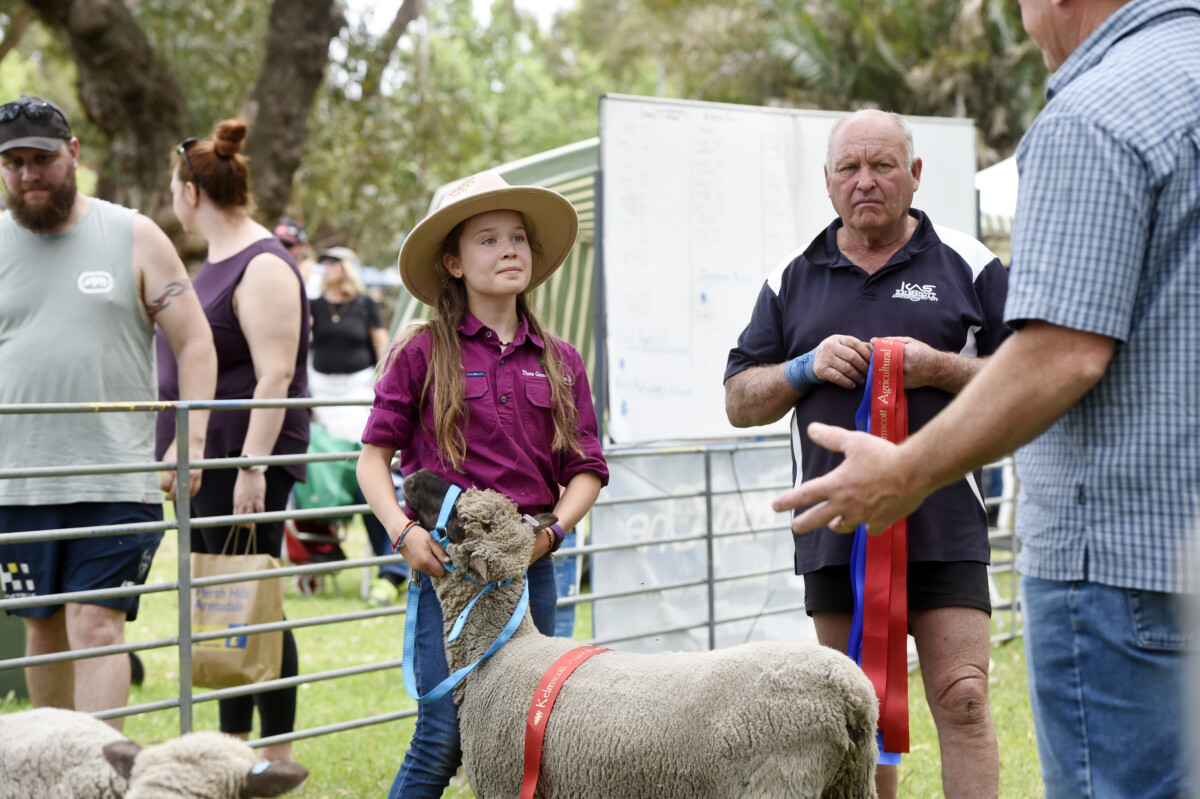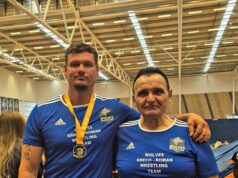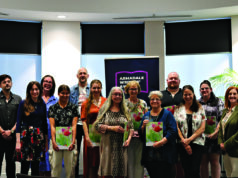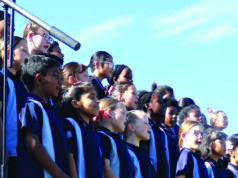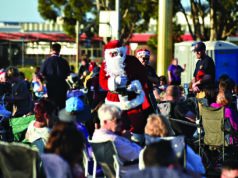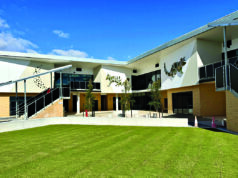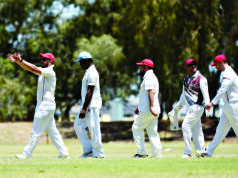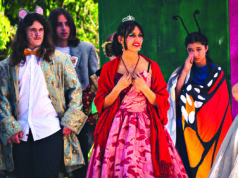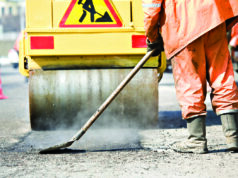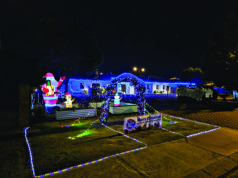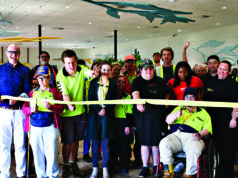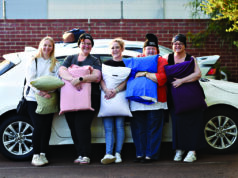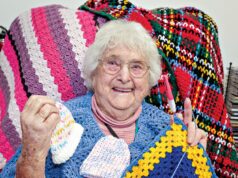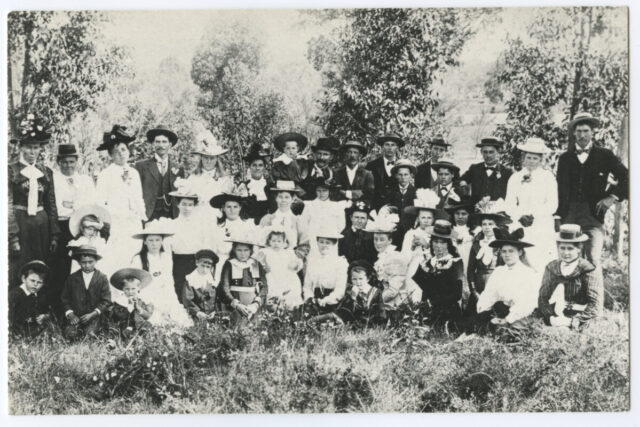
The year 2024 is an auspicious one for the dedicated group of hard-working volunteers who make up the Kelmscott Agricultural Society.
This year marks the 125th Kelmscott Agricultural Show (KAS) – a feat worthy of celebration, especially considering the community came within a whisker of losing the show forever at one point.
To mark the momentous occasion, The Examiner met with KAS councillor and life member Kim Fletcher – one of the foremost historical minds in the region – to reflect on the heritage of the community’s longest running event.
The Kelmscott Farmers’ and Fruit Growers’ Society’s very first annual show was held in the heat of Summer on Wednesday, February 3, 1897.
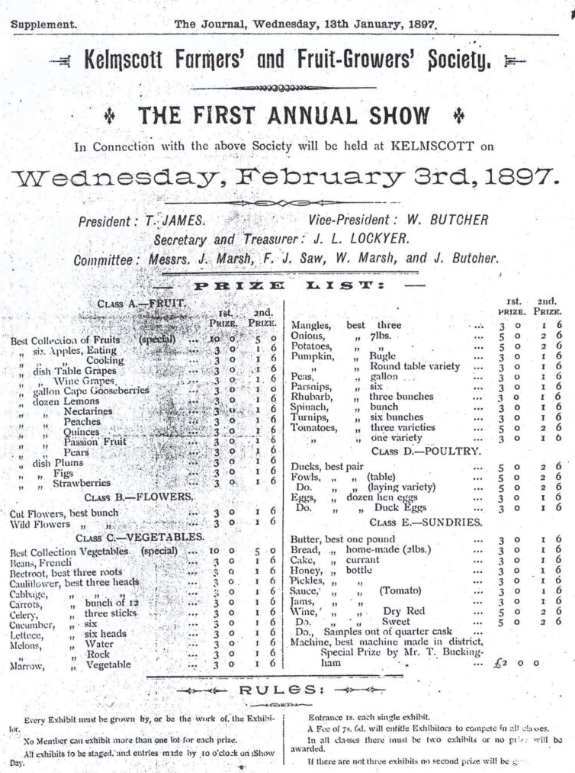
The focus was on displaying the bounty of fruits, vegetables and flowers from growers in Kelmscott, Armadale, Wungong and Canning, with no animals except poultry shown at the inaugural event. Livestock was introduced the very next year.
First prize for the best collection of fruits was a whopping ten shillings, which was a third of the average weekly wage.
The day didn’t end with the going down of the sun; a dinner, concert and ball capped off the inaugural event and began a tradition that lasted many decades.
A special train filled with showgoers from Perth would make the journey out for the show each year.
“To allow people to have their fun at the ball and the concert, it would leave to return to Perth at 3am,” Mr Fletcher said.
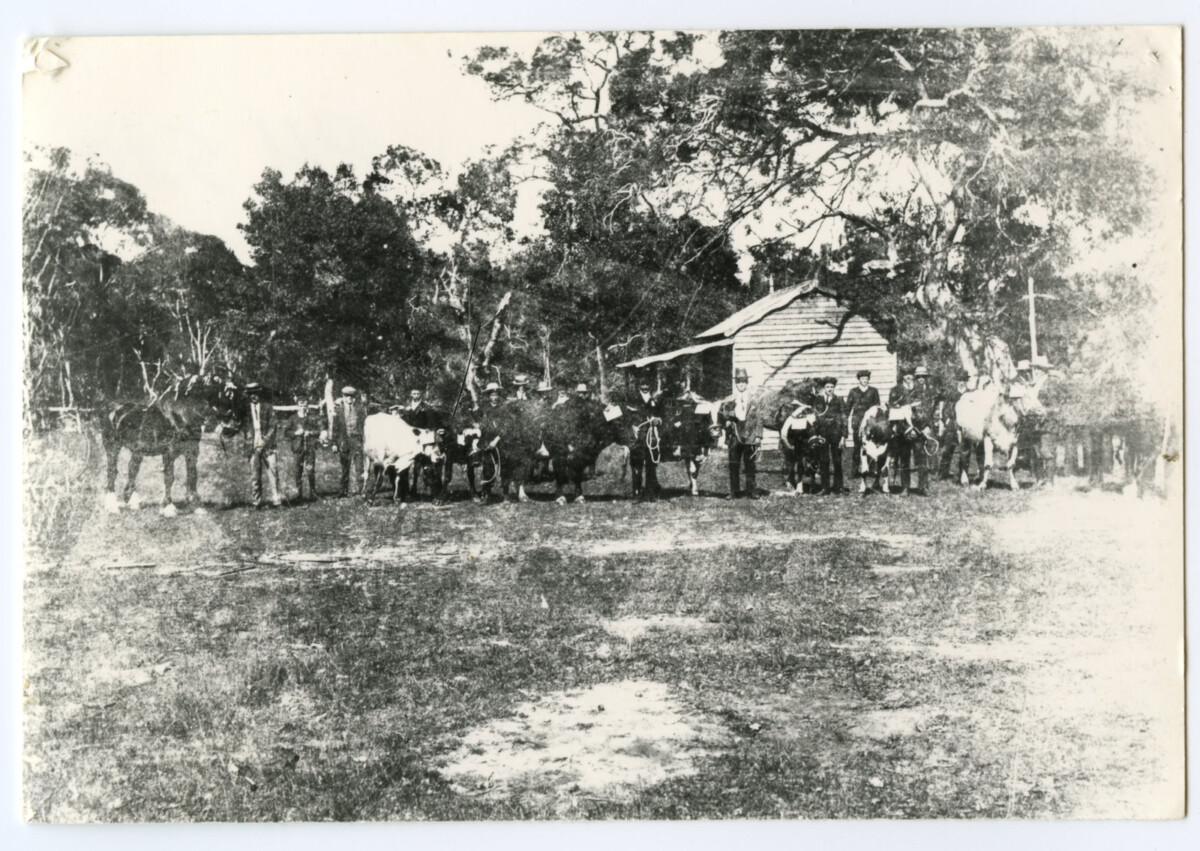
Until 1911, two shows were held each year – one in February and one in October – with venues alternating between Armadale and Kelmscott.
The October show would attract stiff competition for vegetables. One year the Cross family entered over 100 different fruits and vegetables.
While the summer event would showcase grapes and wine.
Unfortunately, the February show was dropped from 1912 onwards. But Armadale continued to have a strong viticultural industry until the 50s. The first winery was founded just before the turn of the century by Martin Jull and Mitchell Stewart on 212 acres of the Narrogin Estate. When Jull later bought out Stewart’s interest in the vineyard, he changed the name of it to ‘Derry Na Sura’ – Gaelic for ‘valley of the vine’. This area later became known as Mount Nasura.
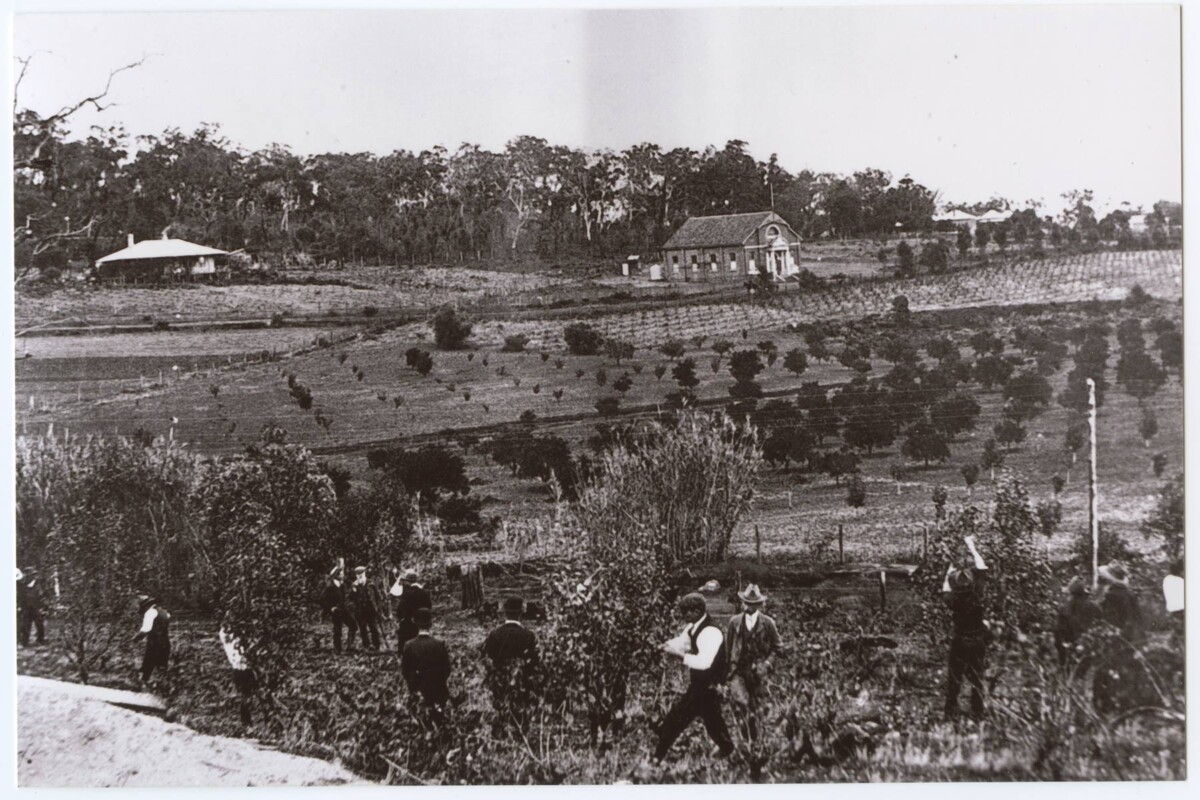
While Jull’s wife Roberta, who was the first practising female GP in Perth, cultivated exotic breeds of fowl which she regularly showed at the Kelmscott show.
By 1903 there was also a second prominent vineyard called ‘Richon Vineyards’ – one guess where that was located.
In 1912, the Upper Darling Range Railway was extended to Canning Mills and Karragullen allowing some of that area’s producers to attend the show via a circuitous route through Midland Junction and Perth; the roads down the hill were still a little too vicarious for many to traverse.
In 1914 government subsidies to run agricultural shows were withdrawn due to the nation’s war efforts. But, undeterred, the Kelmscott Agricultural Society persevered under the mantra that ‘the show must go on’, leading show patron Vernon Hammersley MLC to announce in his opening address that he was “proud to be the patron of a real live society”.
The show was often opened by notable dignitaries, and eminent members of government, who toasted the show’s success at an official luncheon.
“The Premier, Sir James Mitchell, who was said to have had a passion for visiting Kelmscott, opened the show in 1928,” Mr Fletcher said.
“In his address he declared: ‘the people of today live in a brighter world than their predecessors’. But, of course, the following year the depression hit and it issued in the end of the Kelmscott Show.”
The show was simply not attracting enough visitors and in 1930 the KAS went into recess. Each year the committee would meet to discuss if the show would be viable that year and each year it was decided not to proceed.
In 1935, a decision was made to terminate the Kelmscott Agricultural Society. To punctuate the point, the society gave over all of their tables to the hall committee.
Thankfully that isn’t the end of this story.
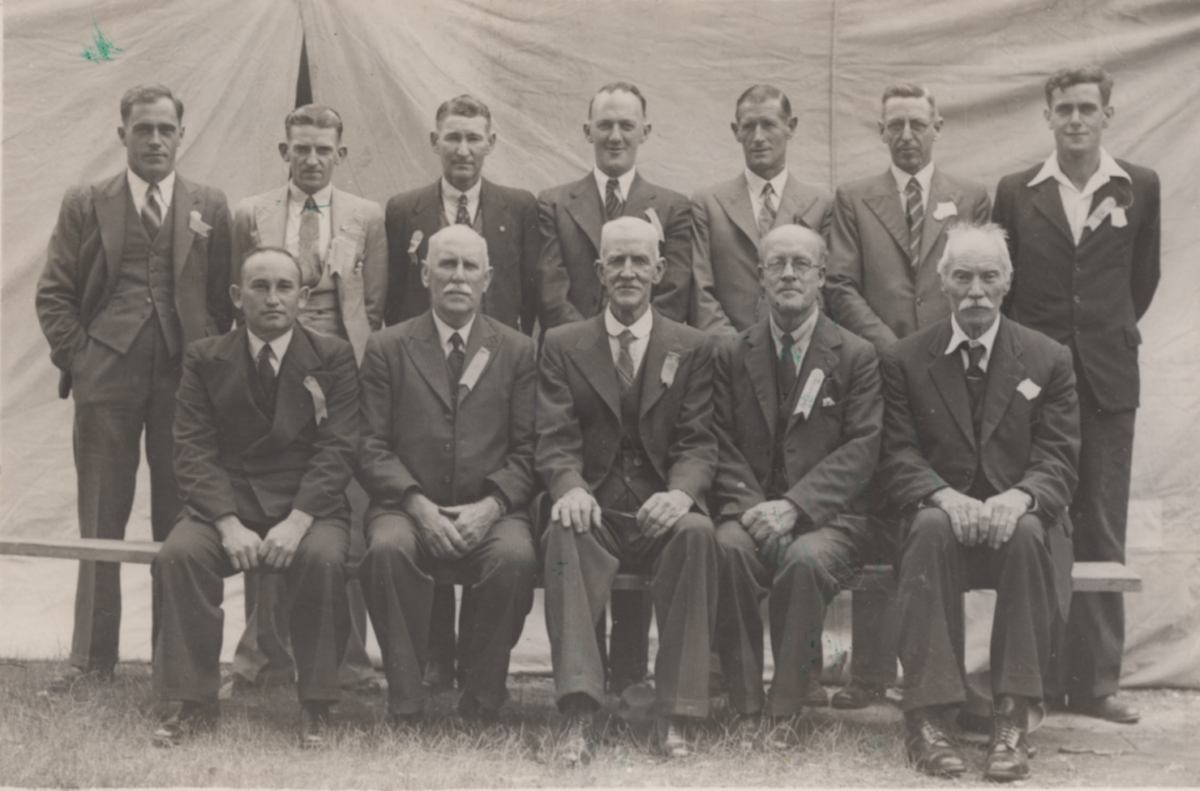
Two local champions emerged – Stan Roberts and Lloyd Hughes – who threw their energy into reviving the show in 1938, just as war was breaking out on the other side of the world.

Stan Roberts had the largest loquat orchard in Australia at the time, and a very young Lloyd Hughes was instrumental in establishing the Byford Show in 1926.
The shows continued right through the war, driven by the enthusiasm of this enterprising pair.
For several years they were branded as ‘victory shows’ when it looked as if the war was turning in the allies’ favour, and printed programs were splendidly patriotic in red, white and blue.
Unfortunately, livestock were not shown in those early revival years, and Mr Fletcher distinctly remembers his parents having a preference for the Byford Show at the time because of their animal events and vantage point from their grandstand.
“But one of the draw cards at the Kelmscott Show during those years was the Armadale Women’s Emergency Corps which my mum and dad were instrumental in setting up,” he said.
The ladies, who were trained with an array of specialist skills in the event of a war emergency on our shores, displayed their marching, first aid and stretcher bearing skills at the show.
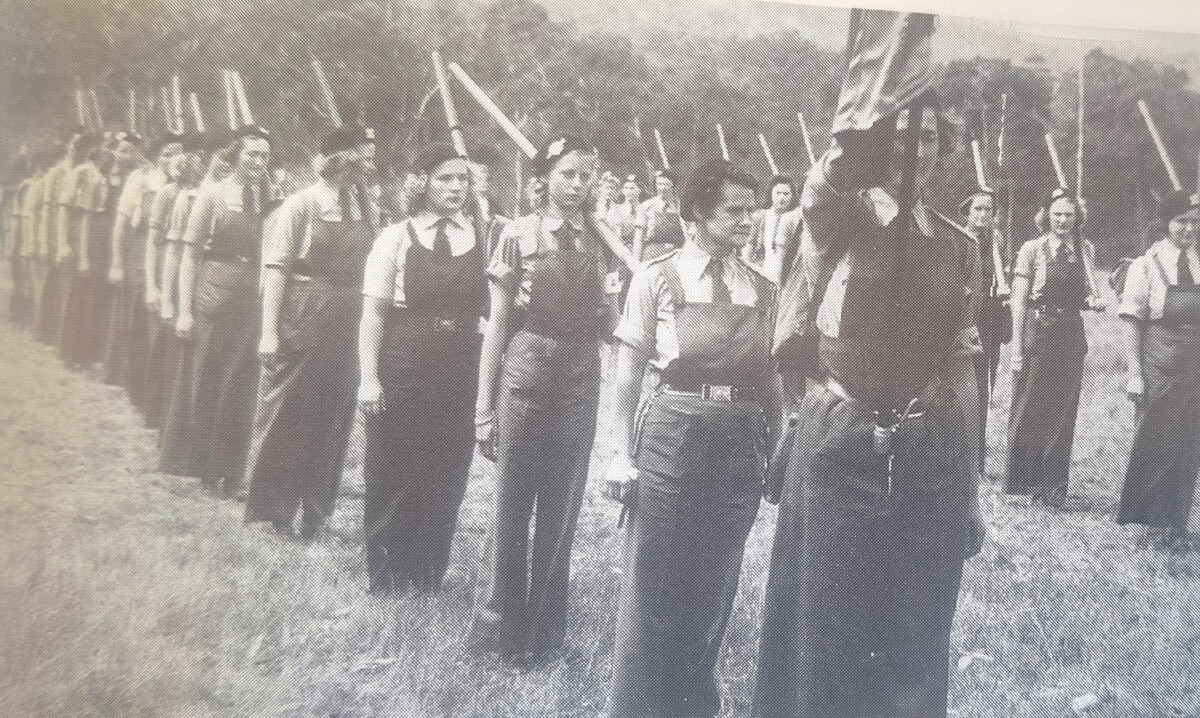
“I used to think they were fantastic – I was quite young of course, so I was thought of as their mascot,” Mr Fletcher said.
“My earliest memories of the show are from the 1940s. I had to have a new monkey on a string – the one I had was worn to the point it was nothing more than a bit of string with some fluff attached.”
“Kewpie dolls were all the rage back then. And the sideshow consisted of games of skittles, bowls and darts.
“You’d win plaster of paris moulds of kookaburras and other animals.”
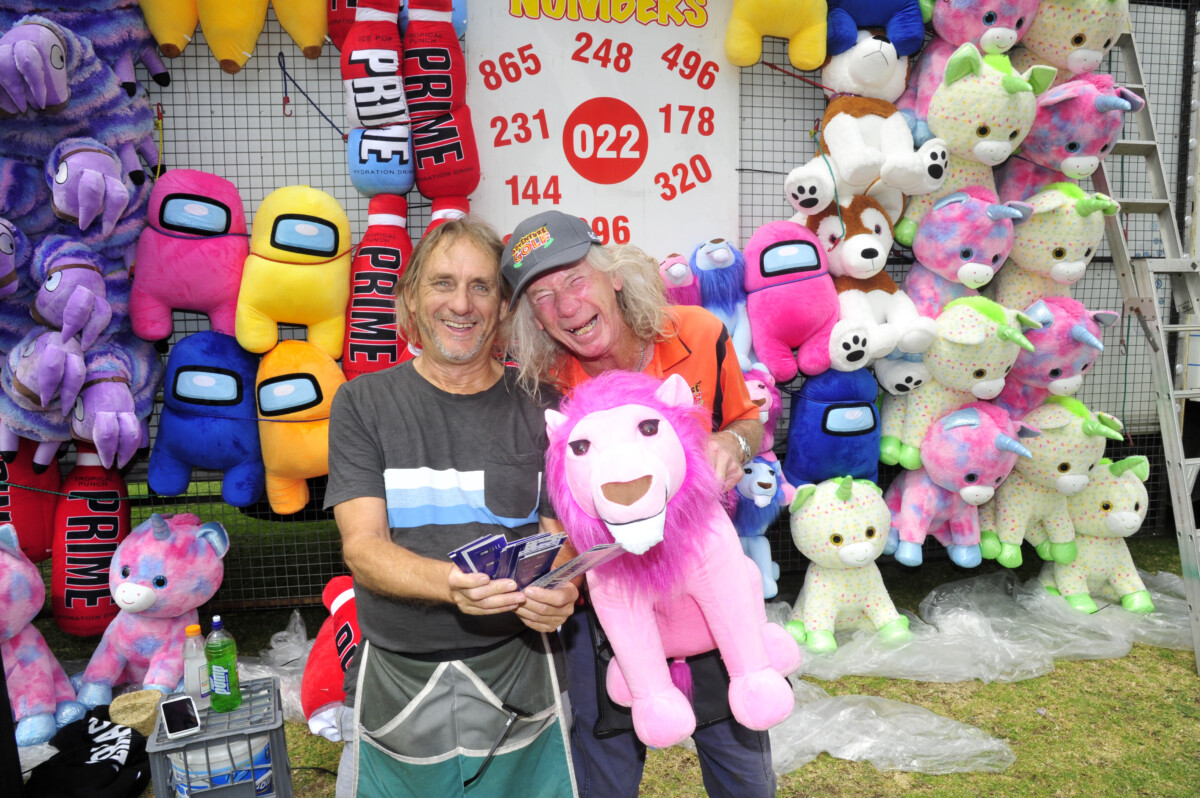
In 1946, a new feature was introduced – district displays.
There were three districts in total: Armadale/Bedfordale/Byford; Kelmscott; Roleystone/Karragullen. And competition was fierce.
“Each district had a committee to organise the primary produce and locally-manufactured items to go in these incredibly professional and elaborate displays,” Mr Fletcher said.
“It was usually won by Roleystone.
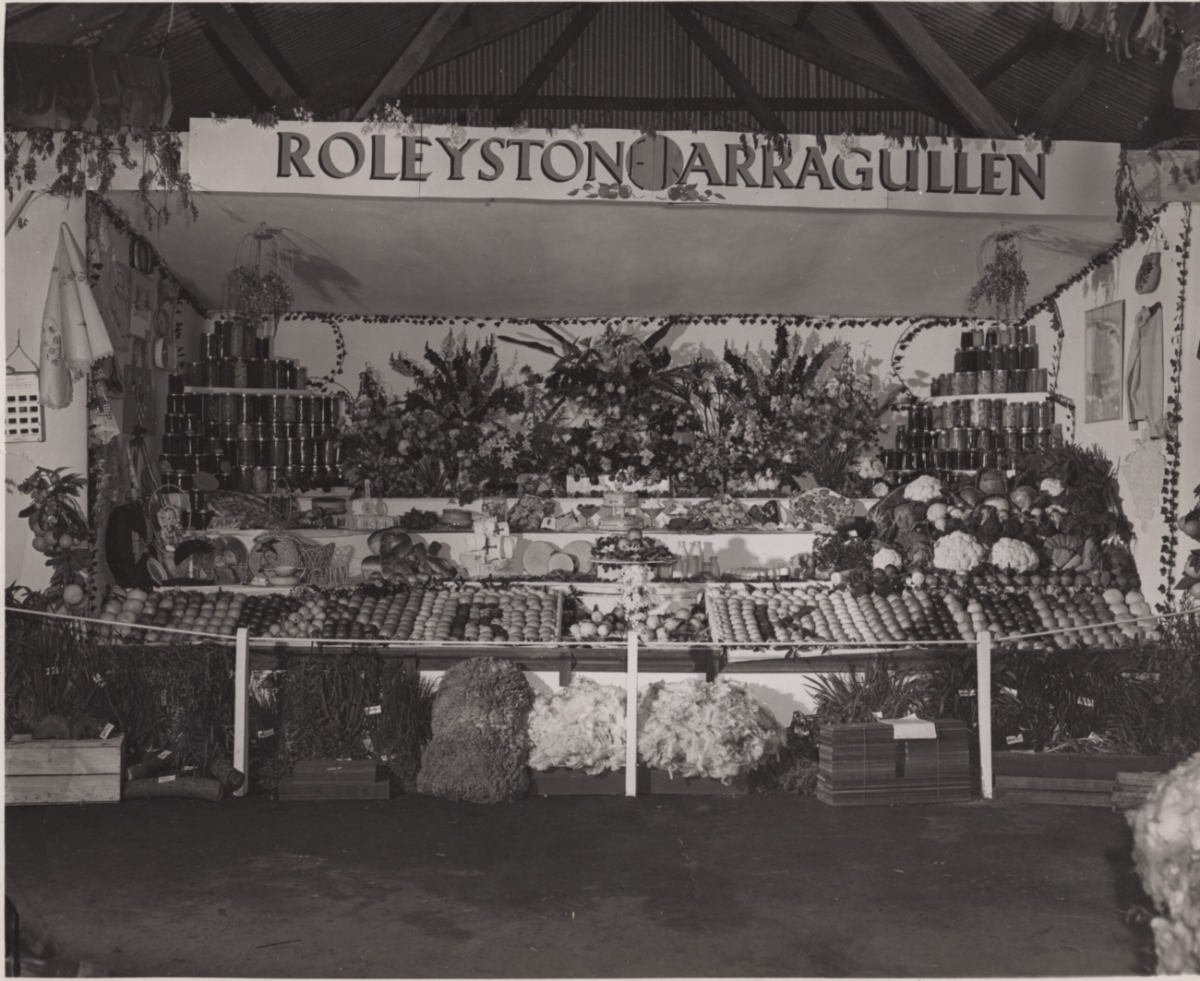
“But in the early 50s Gosnells was invited to enter, and the others had to lift their game.”
A special pavilion was built to house the four displays from each district. And this tradition continued until 1958.
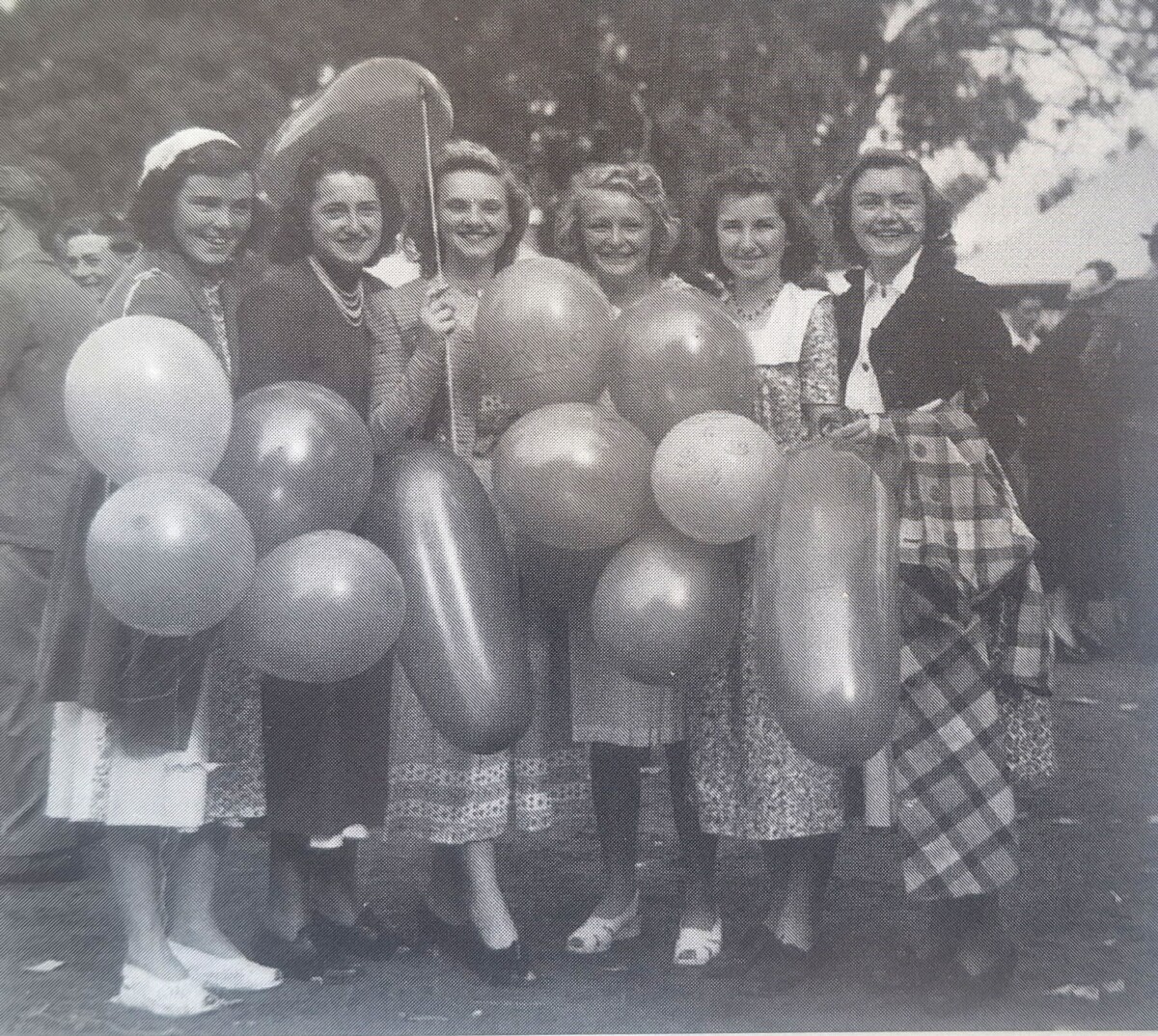
The 40s, 50s and 60s also brought new opportunities for girls and women to participate, with a husband calling competition, marching girls displays, and the Miss Kelmscott Show contest – the winner was paraded around on the back of a lorry in a bathing suit.
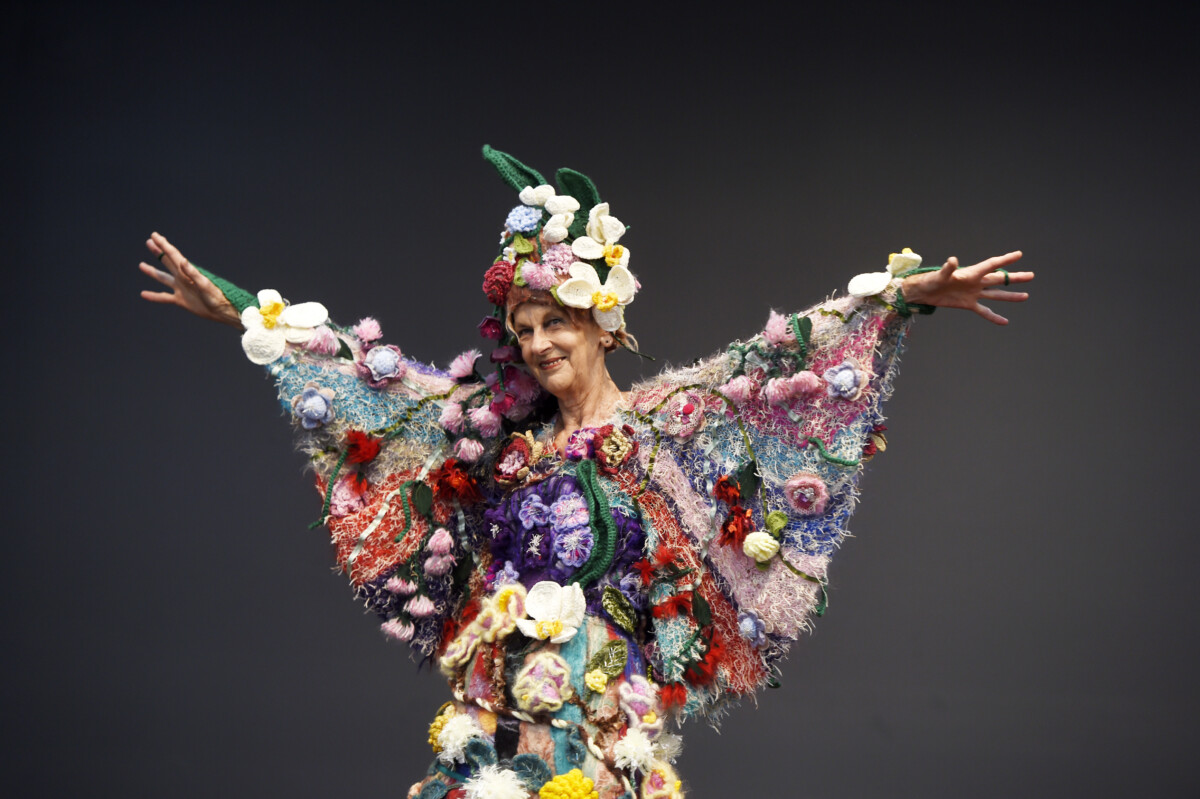
Mr Fletcher said that while much has changed over the many decades the show has been a hallmark of the local calendar, it still retains that distinctly country feel.
“It is still very much a community show,” he said.
The 125th Kelmscott Agricultural Show will run at Rushton Park next week from October 18 to 19.
